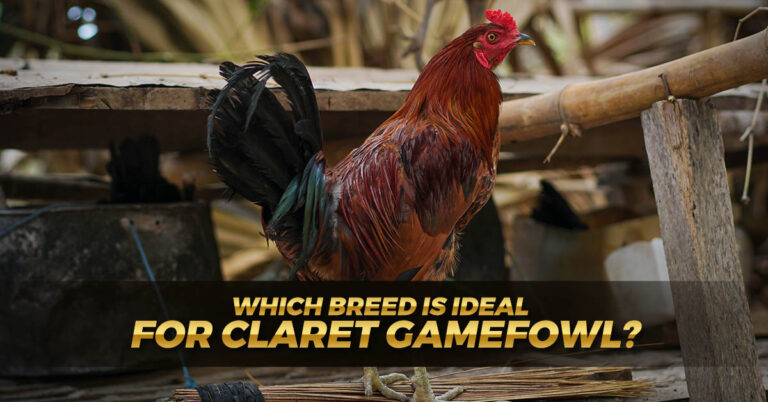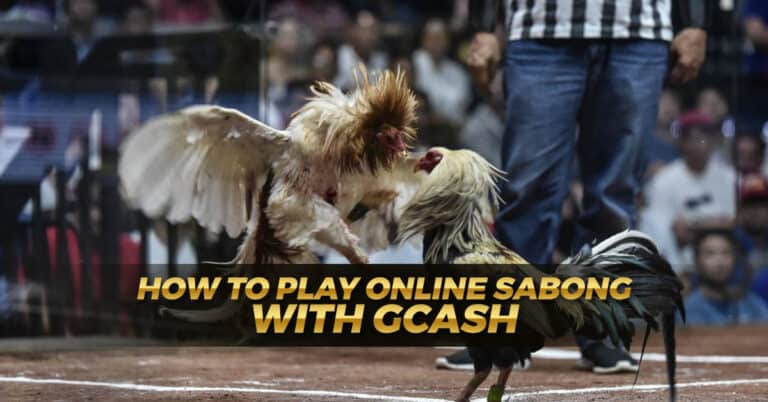Outcrossing Gamefowls: What is It and Why Do Breeders Do It?
In addition to inbreeding and crossbreeding, gamefowl breeders also use another breeding method to develop their gamecock breeds and bloodlines. This is called outcrossing which is similar to crossbreeding but focuses more on crossing two chickens of the same strain from different breeders.

This method can be used after developing a strain through generations of inbreeding and crossbreeding to further improve the strain without resorting to more inbreeding. This allows the breeder to create a better strain of pure Kelsos, Sweaters, or others, depending on the particular breeder’s gamefowl strain.
What is Outcrossing?
Outcrossing is a breeding method where breeders mate the same strain of fowl with that from a different breeder. This results in creating pure or nearly pure strains without resorting to inbreeding, thus removing the risk of creating defects of inbreeding. While this method reduces the risk of genetic defects, it also reduces the chances of producing desirable traits that are more achievable in inbreeding.

Crossing unrelated chickens from different breeders creates gene diversity while still maintaining pure progenies. Gene diversity increases the genetic pool and reduces the probability of a chick inheriting undesirable recessive genes.
The best-outcrossed strains start from a pure strain that is the product of strong line breeding.
Results of Outcrossing
Breeding unrelated chickens of the same breed minimizes the risks associated with inbreeding while also reducing the chances of producing excellent gamefowls with desired traits. Chickens from different bloodlines have a high chance of being heterozygous with no matching gene pairs, thus making it unlikely to breed true.

Breeders can sometimes create a purebred, or an offspring that passes down desirable physically expressed traits, but this is usually done by accident. Outcrossing always comes with risks and breeders must return to inbreeding after every outcross, which is especially the case when purebreds are produced. This is because inbreeding will help fix desirable characteristics and generate uniform strains.
In summary, outcrossing is essential to minimize defects in a particular bloodline by crossing with another strain of the same breed while also potentially passing down good traits from the other bloodline. Inbreeding or linebreeding should then be employed to fix traits until it’s time to outcross again.
When to Outcross a Bloodline?
The best time to start outcrossing is after many generations of successful inbreeding to reduce the risk of getting blood-related connections and potentially creating rejects. There isn’t any real rule to follow when starting the outcrossing process, but breeders must keep in mind that longer inbreeding and linebreeding increases the chances of creating defects.

As a rule of thumb, breeders should start outcrossing when one of the following conditions are met:
Outcrossing can introduce new traits to a bloodline and allow for more opportunities when restarting inbreeding and linebreeding efforts.
Conclusion
Outcrossing shouldn’t be treated as a superior or inferior breeding method compared to other methods since this is a good way to introduce new traits and revitalize stuck breeding efforts. Outcrossing alone won’t guarantee excellent birds and breeders must continue their inbreeding and linebreeding efforts to improve the bloodline and the birds’ vigor. Keep in mind that outcrossing should only be done to either get out of a slump from inbreeding or after several generations of successful inbreeding and linebreeding.
Learn more about the different breeding methods that gamefowl breeders use to develop their deadly sabong bloodlines, including inbreeding and crossbreeding. Fledgling breeders who want to know more about the different breeding methods out there and the different necessities of developing a good bloodline for the cockpits should look for an informational online sabong website to help them.










